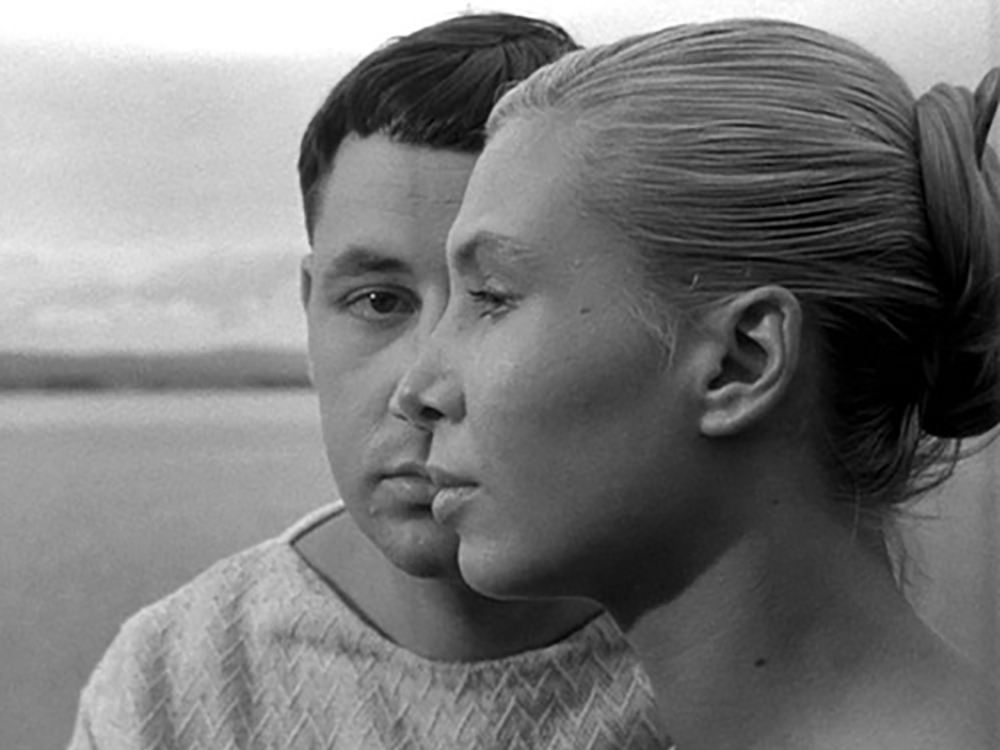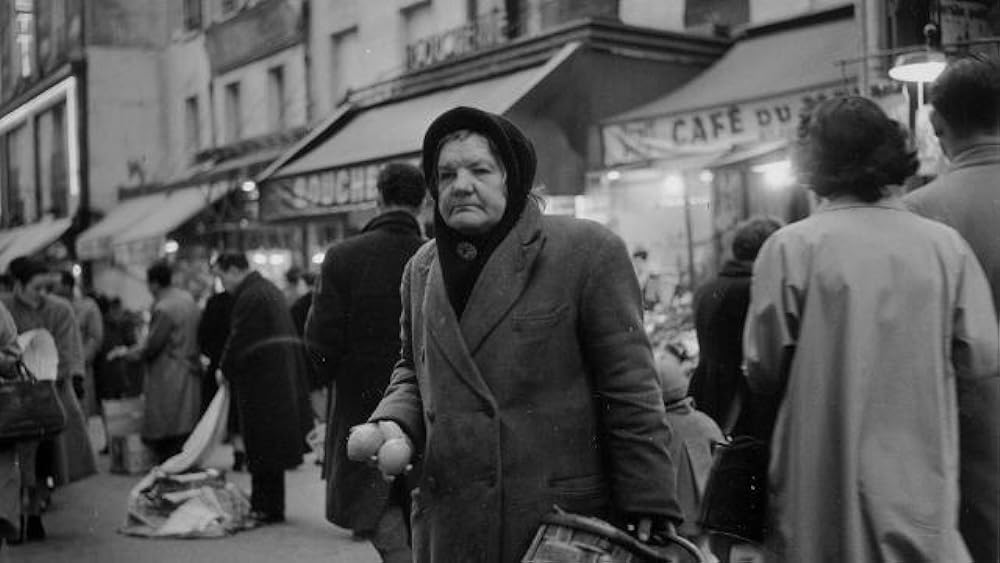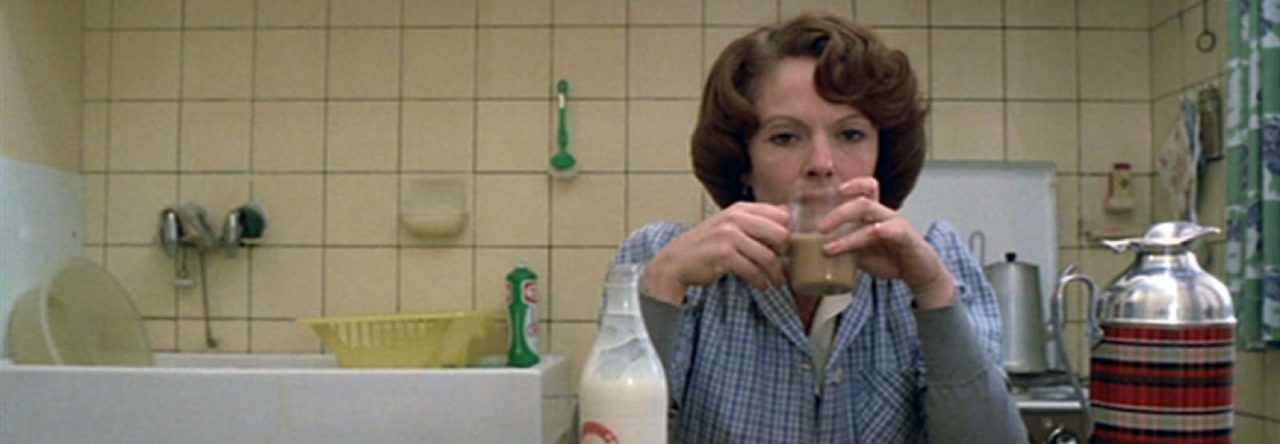The first or even prototype French New Wave film, an experimental film about pregnancy, two infomercials for French tourism, a scene from an otherwise un-shot film, and a missing piece of cinema history make for an invigorating start to the photographer turned film director Agnès Varda.
La Pointe Courte

Coming out 3 years before the French New Wave officially began with Claude Chabrol’s Le Beau Serge (at least according to Wikipedia) it is hard to deny that Varda did it first. La Pointe Courte is a film in two parts: a pseudo-documentary about fishers in the Pointe Courte fishing sector of Sète, and a married couple contemplating their marriage. The documentary plays out very cinéma verité style, just observing the men who do the fishing and the women who help from on shore. This style stands in stark contrast with the highly stylized uncanny feeling of the married couple. They deliberate the merit of their marriage not like a married couple but rather like philosophers questioning what it means to be married.
L’opéra-mouffe

L’opéra-mouffe is an experimental film that Varda shot while she was pregnant and living in Paris. In the film she captured the high highs of joveul drunks to the low lows of people freezing to death on the street. She juxtaposes those images along with matching score. The film for all its disparate parts has a theme that is capitalized by the recurring appearances of the lovers, two naked bodied actors in love.
Ô saisons ô chateaux

Varda’s first bit of commercial film making saw her creating a tourist video showing the Loire Valley castles. Juxtaposing the ancient castles with a contemporary jazz score brings life to the old buildings. Adding to that local models Varda elevates a simple commercial to something reminiscent of a classic musical.
Du côté de la côte (aka Along the Coast)

If Ô saisons ô chateaux was Varda experimenting what was acceptable in her for hire commercial work, Du côté de la côte was her seeing what all she could get away with. While apparently selling the idea of tourists coming to the French Riviera, she immediately disparages them by calling them “Imported Sleepers”. Varda does take time to focus on the beauty of the region, but juxtaposes that with images of the tourists engaging in only the most basic of attractions, all while focusing on their fashion more than the beauty around them. Dissatisfied with just commenting on the tourist class, Varda takes a vicious stab at the bourgeoisie who keep the Riviera’s greatest beauties locked behind private gates, whose dead get to experience a greater beauty of the area than the alive tourists.
La Cocotte d’azur
Lost media. While rumors are that a print still exists somewhere in France, it is not available for public viewing under any methods.
La Mélangite
Set to be Varda’s second feature, funding fell through and all that exists is a single audioless scene. The Criterion channel shares this scene with commentary from Varda herself on what the film would have been.
Even from the beginning Varda was showing her potential to be one of the greatest filmmakers to ever pick up a camera. Her first feature arguably started the French New Wave movement, and her two travel commercials showed a humorous voice and disdain for the bourgeoisie that would stay with her for the rest of her life. As a filmmaker her prior experience as a photographer really shines. She has an eye for what will look good on the camera and captures that, even when it’s not the people talking. La Pointe Courte may be a hard place to enter Varda’s filmography, especially for those unfamiliar with the French New Wave, but that difficulty shows a lot of skill. Those looking for the easier entry into Varda will have to wait for next week.
